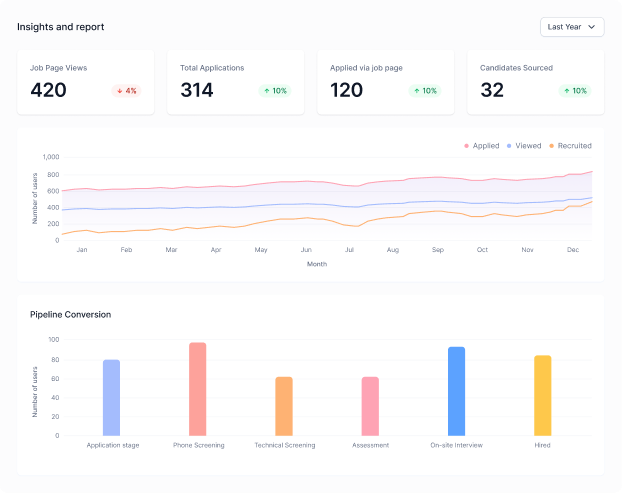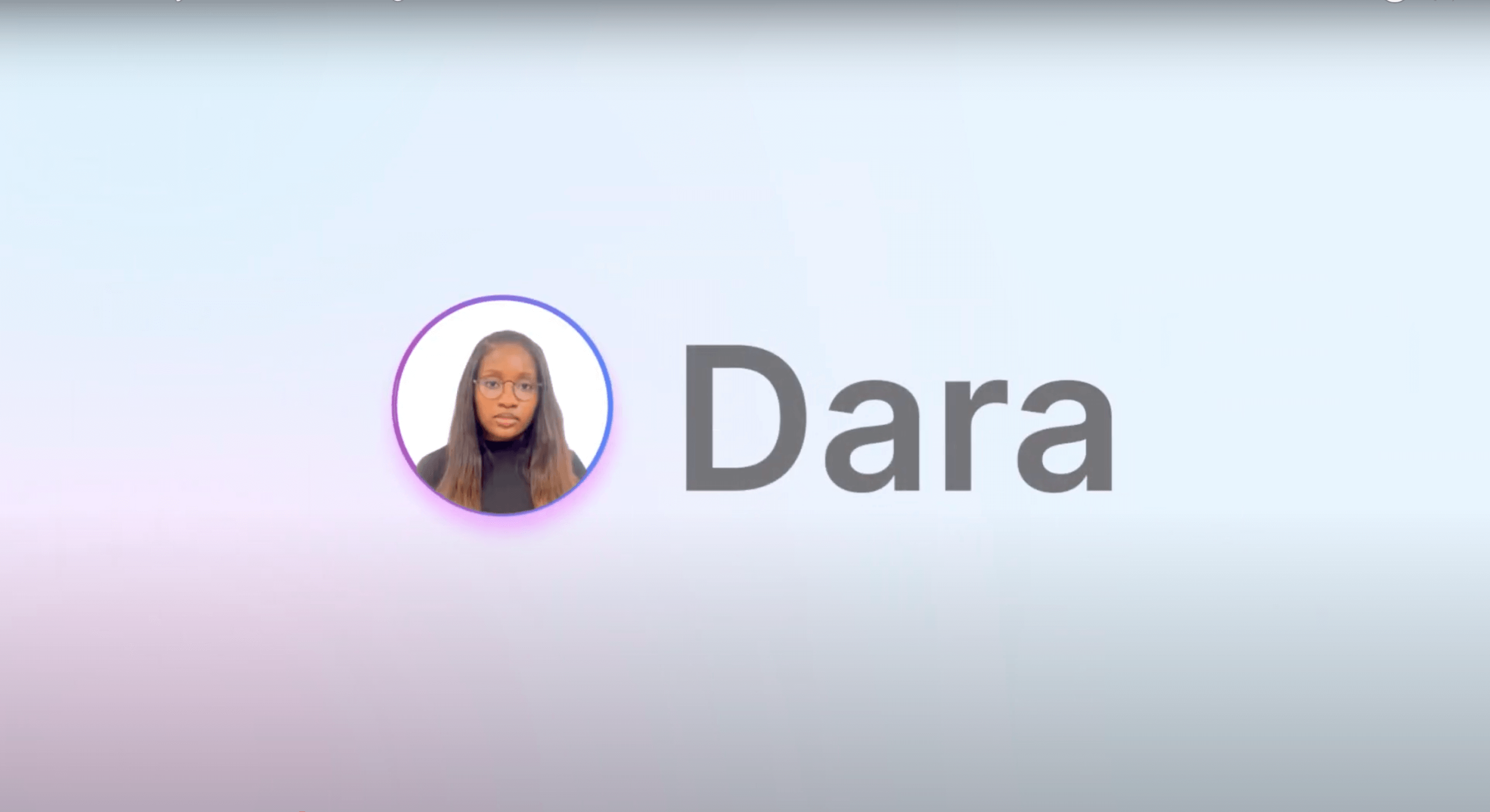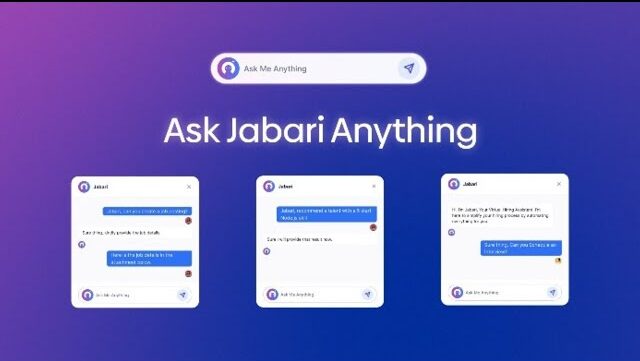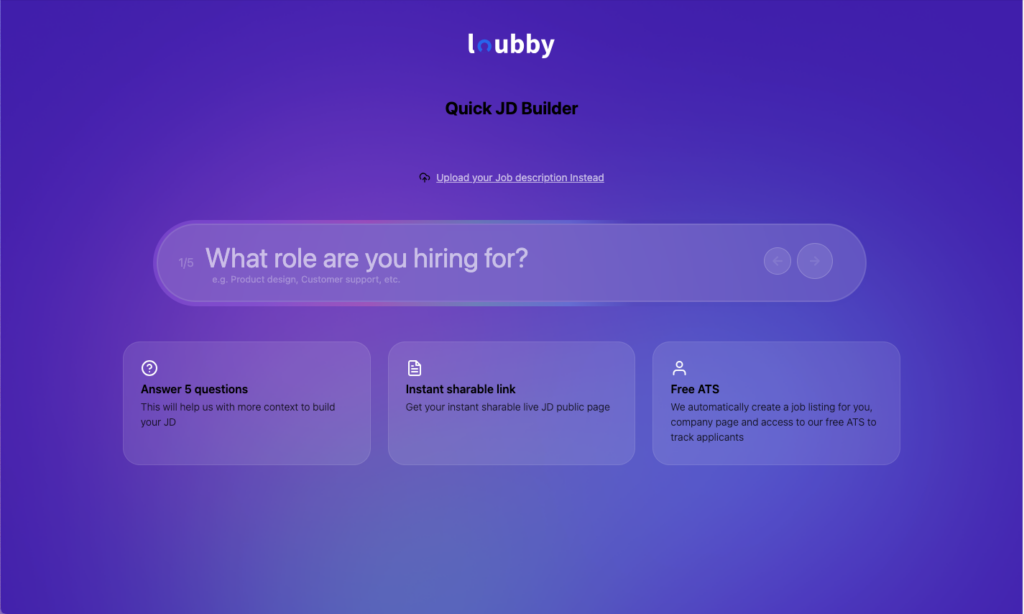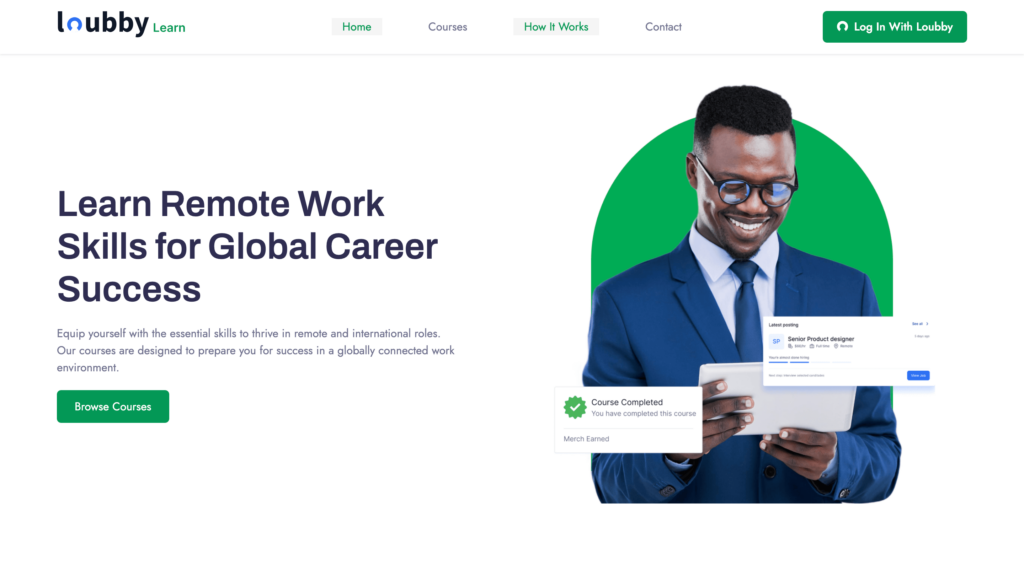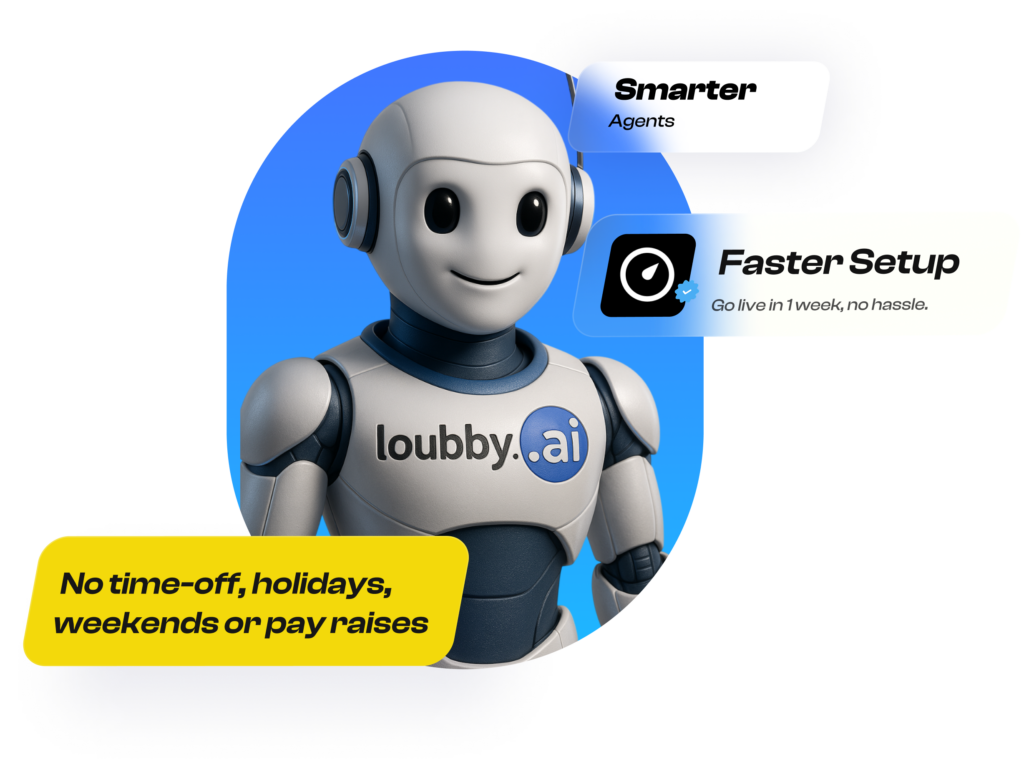When HR teams make decisions without clear data, it is easy to guess wrong. Many companies still rely on gut feelings or old reports that arrive too late to fix problems. This type of decision-making leads to wasted time, unhappy employees, and missed business targets. That is why data-driven HR is important for organizations that want to improve how they manage their people.
More companies are now realizing that waiting for monthly or quarterly reports is no longer enough. They need fast, accurate information that shows what is happening in their workforce. Advanced reporting tools help HR teams get these real-time insights, so they can act quickly instead of reacting after the fact. This shift means HR can support managers better and help the whole company move forward.
In this article, you will learn why using data-driven HR makes such a difference. We will explore how smarter reporting improves workforce decisions and how solutions like Loubby AI offer practical ways to bring these benefits to your organization.
What Data-Driven HR Means
Data-driven HR is simply the practice of using real facts and numbers to make better decisions about your workforce instead of relying on guesswork or gut feeling. It means collecting information on things like employee performance, attendance, and payroll, then studying that information to understand what is happening inside the company. This approach helps leaders spot patterns, avoid mistakes, and plan ahead.
For example, some companies use data to improve performance reviews by tracking goals and progress over time instead of relying only on yearly feedback. Others use payroll forecasting to prepare budgets accurately or monitor overtime and expenses. Productivity tracking also allows managers to see where their teams are doing well or where support is needed.
This approach shows a shift from the old way of managing people, where decisions were often made based on opinions or incomplete data. Today, many organizations use technology to gather and analyze workforce information. This allows HR to move beyond just keeping records to becoming a partner in shaping company success.
Why Advanced Reporting is the Backbone of HR Decisions
Advanced reporting takes raw data from HR systems and turns it into clear information that leaders can act on. Instead of just having numbers on a spreadsheet, HR teams get insights about how the workforce is performing. For example, tracking employee productivity trends helps managers spot who is meeting targets and who might need support. Payroll accuracy reports ensure salaries are paid correctly and on time, avoiding costly mistakes. Expense tracking shows where money is going and helps control unnecessary costs.
With these insights, businesses can make decisions that improve results. When HR understands patterns like rising absenteeism or high overtime, they can act early to prevent burnout or resignations. This reduces turnover and keeps the workforce stable. Also, by forecasting payroll expenses based on real data, companies can plan budgets better and avoid surprises.
This kind of clear, data-driven HR approach builds a strong foundation for better workforce planning and smarter business outcomes.
Key Metrics Every HR Team Should Track
In data-driven HR, knowing which numbers to watch is as important as having the data itself. Here are the key metrics every HR team should keep an eye on:
- Performance Metrics
This includes employee KPIs and goal completion rates. Tracking these helps managers see who is hitting targets and where extra coaching is needed. When performance data is clear, teams can focus on what matters most. - Payroll and Expense Data
Cost per hire, payroll accuracy, and expense reports reveal how money moves within the company. Accurate payroll ensures employees get paid on time without errors, while knowing hiring costs helps budget better. - Engagement and Retention Stats
Keeping track of attrition rates and employee feedback shows how happy and committed workers are. High turnover signals problems that need addressing, and listening to feedback helps build a better workplace. - Time and Attendance
Absenteeism and overtime patterns tell a lot about workforce health. Too much overtime can lead to burnout, while frequent absences might point to dissatisfaction or other issues.
By focusing on these metrics, HR teams can make better decisions, improve employee satisfaction, and manage costs effectively.
How Advanced Reporting Improves Decision-Making
Real-time dashboards give managers a clear view of what is happening with their teams before problems get out of hand. Instead of waiting for issues to show up in exit interviews or complaints, they can spot early signs like a drop in performance or a spike in absenteeism. For example, if a team’s productivity starts to fall, a manager can act quickly by checking in with employees or adjusting workloads. This kind of early warning helps prevent resignations and keeps the team steady.
Advanced reporting also allows HR teams to customize reports based on departments, teams, or roles. This means data can be broken down into smaller pieces, making it easier to see where specific problems or successes lie. Whether it is sales, customer service, or engineering, managers get the exact information they need to make informed decisions.
This helps leaders focus their energy on fixing the right issues and supporting their workforce better. It is the difference between reacting late and staying ahead.
How Loubby AI Simplifies Data-Driven HR
Loubby AI brings all the important data together in one place, making it easier for HR leaders to make decisions based on facts. Here are the key features that help simplify data-driven HR:
- Real-Time Dashboards and Reporting
Managers and HR teams get instant access to up-to-date information about their workforce. This means there’s no need to wait for monthly reports or guess based on old numbers. You can see performance, attendance, and payroll data as it happens, allowing quick responses to changes. - Customizable Reports for HR and Management
Not every team needs the same kind of data. Loubby AI lets you create reports that focus on the specific details important to different roles or departments. Whether you want to check sales targets or payroll accuracy, the reports fit your needs. - Exportable Analytics for Decision-Making
Sometimes you need to share insights with company leaders, stakeholders, or external partners. With Loubby AI, exporting data is simple and clean, making it easy to present clear information and support business decisions. - Performance, Payroll, and Expense Tracking in One System
Keeping track of employee performance, salary payments, and expenses usually means juggling several tools. Loubby AI combines all these in a single platform, saving time and reducing errors.
By removing the need for manual data crunching, Loubby AI gives HR leaders actionable insights that can be trusted. This allows them to focus more on strategy and people, rather than paperwork and spreadsheets. With the right data at hand, making informed decisions becomes natural and straightforward.
Conclusion
Data-driven HR changes how organizations handle their workforce by moving from reacting to problems after they happen to preventing issues before they grow. This helps HR teams plan better and support employees in ways that boost productivity and satisfaction. Advanced reporting plays a key role in this process by providing clear and timely information about workforce trends and costs.
Many people think such detailed reporting is only for large companies, but that is not true. Small and mid-sized businesses can also gain valuable insights by tracking their workforce metrics closely. With better visibility, these companies can make smarter decisions that save time and money while keeping employees engaged.
If you want to experience how advanced reporting can improve your HR decisions, book a demo with Loubby AI today. Explore real-time dashboards, customizable reports, and workforce insights designed to help your business manage people more effectively and with confidence.
